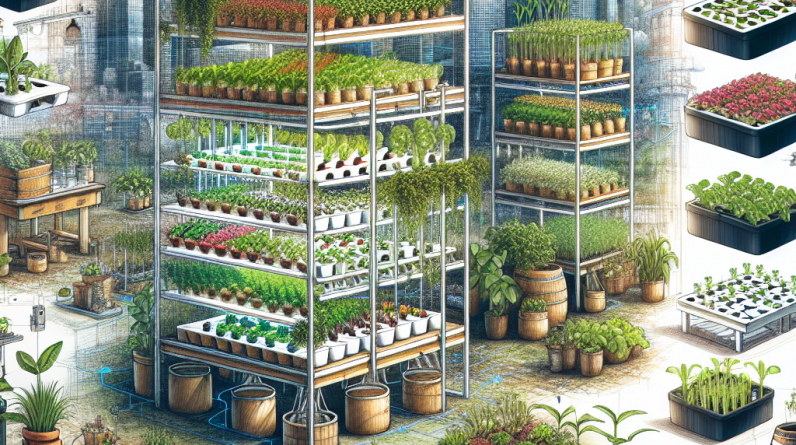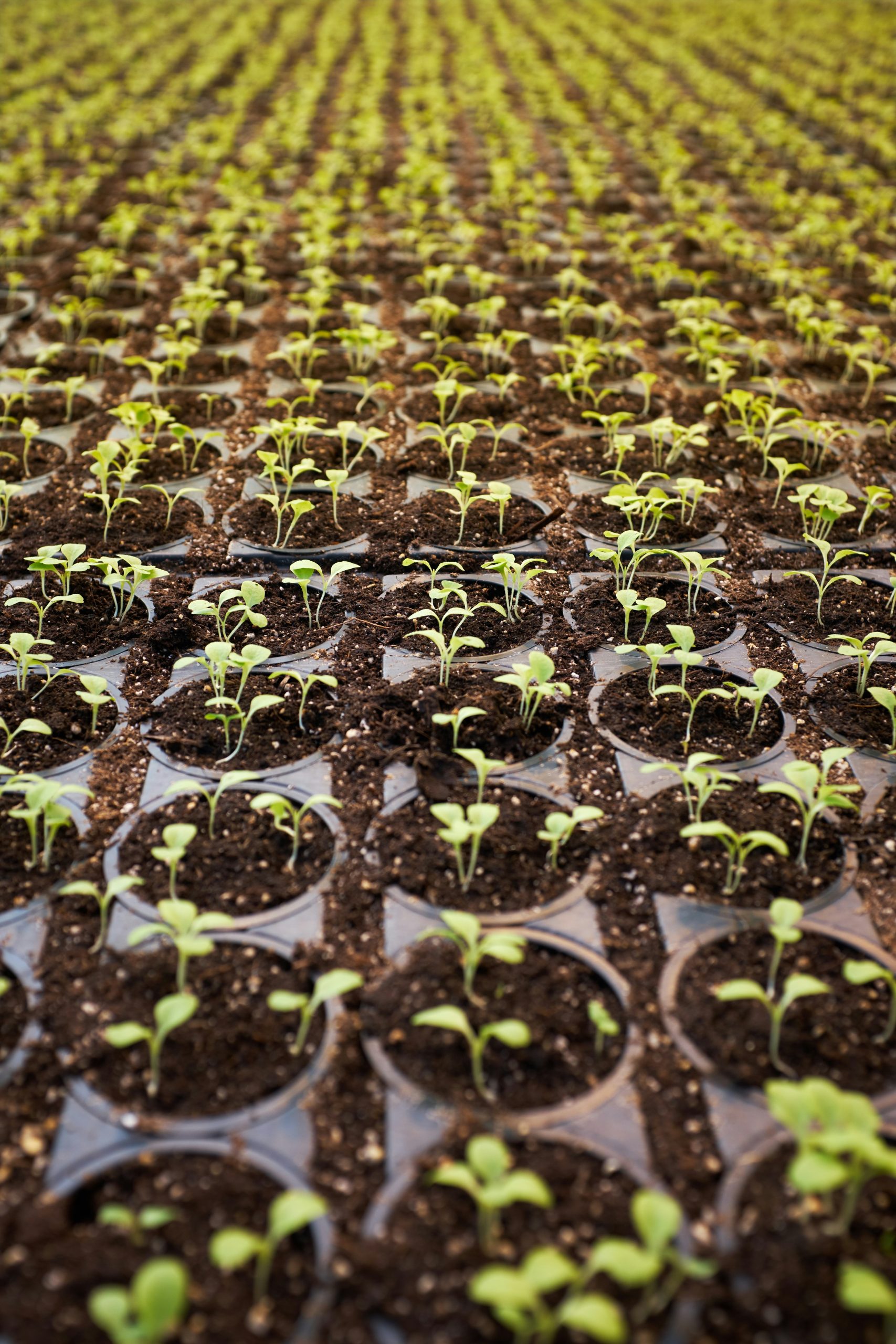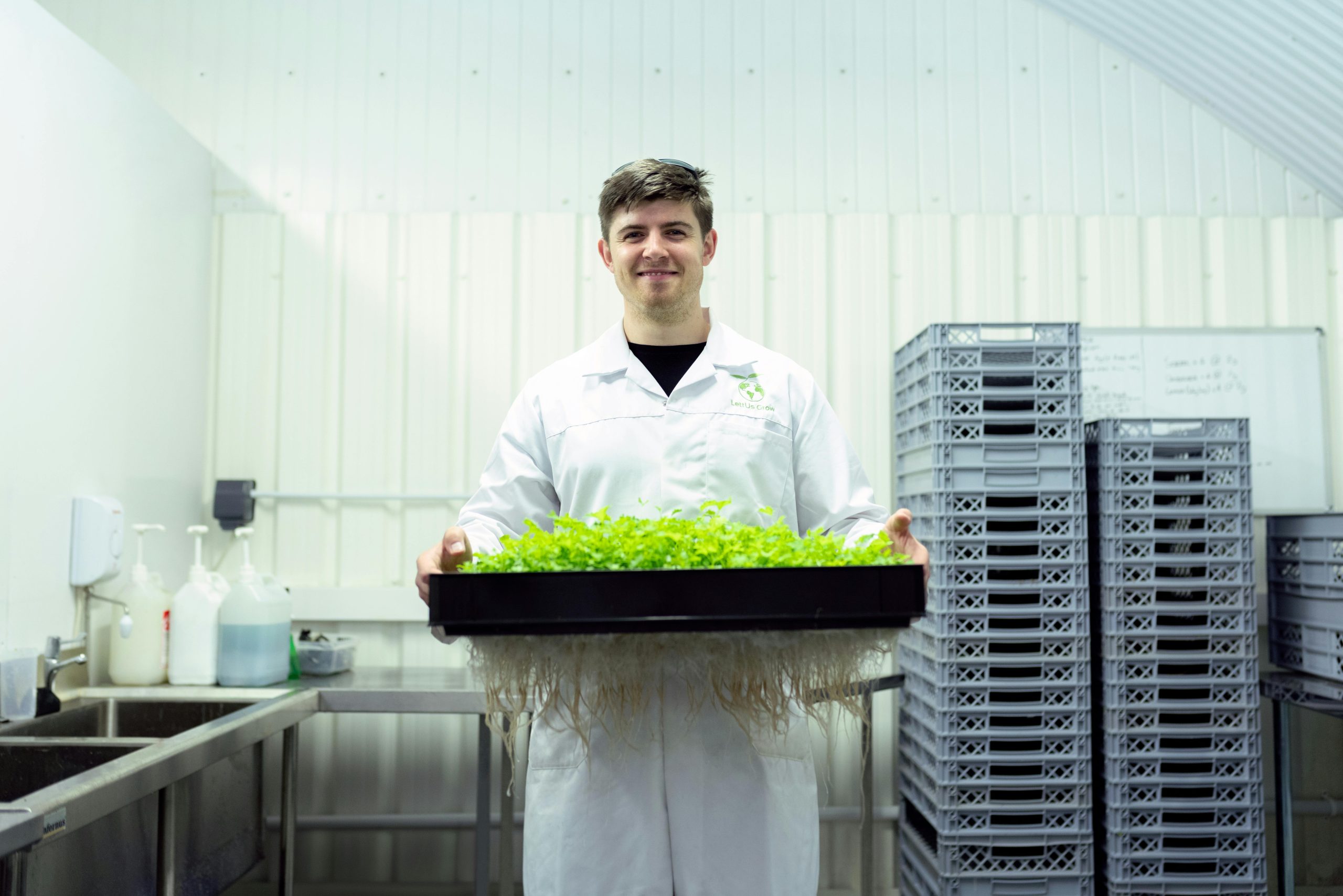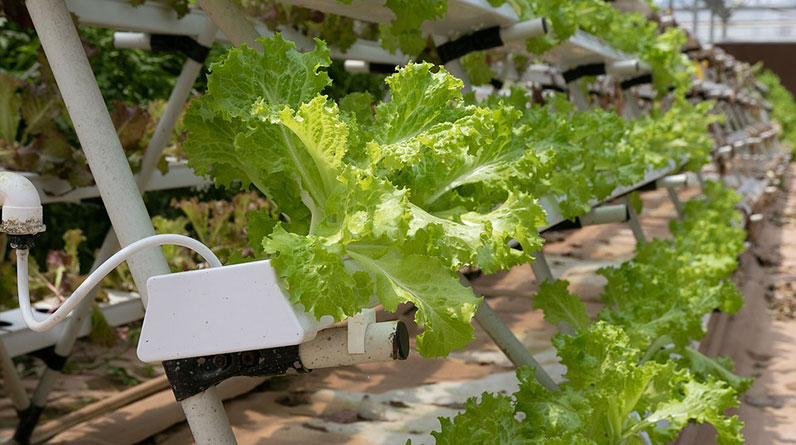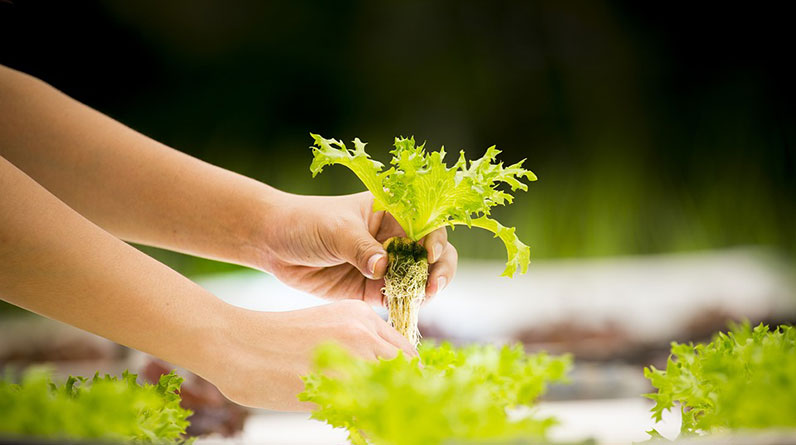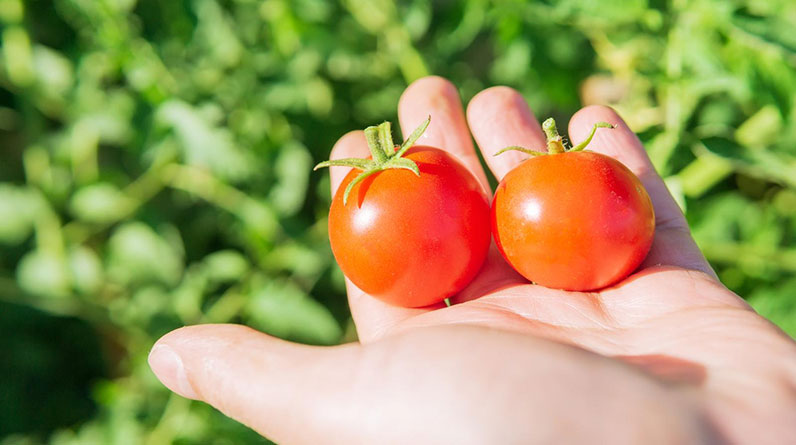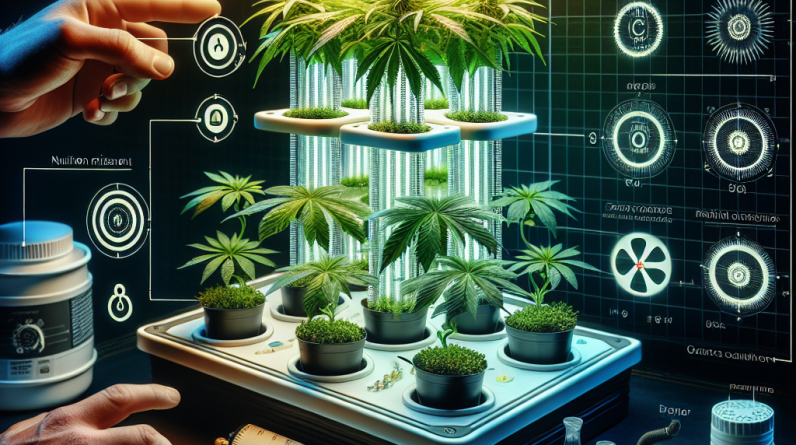
Hey there, fellow hydroponics enthusiast! If you’re anything like me, you’re always looking for ways to boost the growth of your plants. Experiencing rapid growth in a hydroponic setup can be massively satisfying. Based on my experience, I’ve narrowed it down to five major areas that I consider critical for achieving faster growth. Let’s dive in!
1. Optimize Nutrient Solutions
Understanding Nutrient Needs
The first step is to get to know your plants. Different plants have different nutrient requirements. For instance, leafy greens may need a higher nitrogen level, while fruiting plants might lean towards phosphorus. I’ve learned that starting with a balanced nutrient solution, tailored to your specific crops, helps. And trust me, keeping track of this can make a world of difference!
Regularly checking the pH and electrical conductivity (EC) of your nutrient solutions is just as important. I usually freak out when I see that my pH is off – it can hugely affect nutrient uptake. Keeping the balance allows plants to absorb nutrients more efficiently and can speed up their growth rate.
Also, don’t hesitate to adjust your nutrient solutions as plants mature. Their needs change, and being on top of this means healthier and faster-growing plants!
Frequency and Timing
The frequency of your nutrient delivery can also impact plant growth. In my experience, switching to more frequent feeding schedules during peak growth times can yield faster results. Most hydroponic systems allow for flexibilities, like drip watering or nutrient film techniques, and I’ve seen that consistency in feeding can pay off.
Additionally, consider the time of day you provide nutrients – some plants may absorb them better during specific times. I’ve observed that feeding during their natural light cycle often results in better uptake.
Timing has an even bigger role during the early stages of growth. Ensuring seedlings receive their nutrients promptly can encourage quicker root development, leading to faster overall growth from the get-go.
Monitoring Plant Response
Now comes the fun part – observing how your plants react! I always make it a point to watch for signs of nutrient deficiencies or excesses, which can help me tweak my approach. Yellowing leaves or stunted growth? These usually signal that something’s off.
Having a growth journal has been super helpful for me. I jot down notes about changes in nutrient mixtures and the corresponding plant responses. Over time, I’ve gathered valuable insights on what works best for my specific setup, and you could do this too!
By keeping an eye on plant performance, you can adjust nutrient levels to maximize growth effectively. That feedback loop between plants and nutrients is where the magic really happens!
2. Control Environmental Conditions
Temperature Regulation
One thing I can’t stress enough is the importance of temperature control. Hydroponic plants thrive in specific temperature ranges. I’ve found that keeping my grow room around 68-75°F (20-24°C) yields the best results for most plants. Extreme temperatures can stress plants, slow growth, or even kill them altogether!
Too cool? Plants may grow slowly. Too hot? They might bolt. Make sure to invest in a good thermometer and ventilation system to keep those conditions just right. Trust me, it’s worth it!
Seasonal changes can also impact your indoor climate, so adjusting the temperature based on the time of year can help a lot. I learned this the hard way when my summer temperatures spiked, causing my plants to freak out.
Humidity Levels
Humidity is another biggie! Maintaining ideal humidity (40-70% for most hydroponic systems) can encourage faster growth rates. If things are too dry, plants might dehydrate; too humid can invite mold. I’ve had my fair share of mold issues – not fun!
Using a humidifier or dehumidifier can help you strike that perfect balance. Regularly checking humidity levels can give you a heads-up if adjustments are needed, making it easier to create an optimal growth environment.
And keep in mind that different plants have different humidity requirements. It’s all about finding out what works for your crops and tweaking accordingly.
Lighting Conditions
Let’s chat about lighting because, without it, your hydroponic dreams are dead in the water! I’ve experimented with various lighting options, but LEDs have become my go-to. They’re energy-efficient and provide the right spectrum for growth. Plant growth rates can be drastically improved with the right lighting setup!
Paying attention to the light cycle is essential too. Most plants enjoy 12-16 hours of light per day, depending on their growth stage. I’ve noticed that too much light can burn the plants while too little stunts their growth. Finding the sweet spot is key!
Also, where you place your lights matters! Keeping them at the right distance can optimize growth. I like using adjustable hangers so I can shift them based on plant height – it’s a simple trick that works wonders!
3. Choose the Right Hydroponic System
Understanding Different Systems
When I first started out, picking a hydroponic system felt overwhelming. There are so many options: NFT, deep water culture, aeroponics. Each has its pros and cons tailored to different types of plants. My advice? Do your homework and choose a system that complements your growing style and the plants you want!
For example, if you’re into leafy greens and herbs, deep water culture works wonders. On the other hand, if you want to take a stab at fruiting vegetables like tomatoes or peppers, go for something like a Dutch bucket system. Understanding these differences can help you achieve significantly faster growth.
I’ve switched hydroponic systems a couple of times due to trial and error. Each time I learned more about what worked for me and my space constraints, and I think you’ll find similar insights in your journey!
Space Considerations
The allotted space you have will heavily influence your system choice. I once tried to cram a big system into a tiny corner, and let’s just say it didn’t end well – I waste too much time rearranging things rather than taking care of my plants. Make sure to consider how each system fits into your available space.
Vertical systems can be an excellent choice if you’re tight on space. They maximize growing area without spreading out too much. I’ve had great success with vertical setups that give me multiple growing sites in a small footprint.
Your hydroponic system also needs room for maintenance and equipment, so keep that in mind as you plan your setup. Designing for space efficiency can help you manage your time better and enhance plant growth overall!
Ease of Management
Let’s not forget about how much time you can devote to maintenance. Some systems require more hands-on work than others. If you’re busy like I am, finding a low-maintenance system can save you a lot of headaches!
Consider automation systems and timers to simplify the process. I’ve installed timers for my lights and nutrient delivery, which lets me focus more on the fun parts of gardening rather than tedious maintenance.
Ultimately, the best system is the one that fits your lifestyle and growth goals. An easy-to-manage system can keep you on track for faster growth and healthier plants!
4. Enhance Airflow
Importance of Air Circulation
You may not realize it, but airflow is crucial for your plants. Proper circulation helps in the exchange of gases, reduces humidity, and prevents mold. I dealt with some mold issues early on before investing in a fan system, and wow, what a difference fresh air makes!
Setting up a few fans in the growing area keeps air moving around, ensuring that plants have fresh carbon dioxide available. This promotes faster growth because they can effectively photosynthesize!
Also, good airflow strengthens the plants’ stems, making them sturdy against potential hazards. I’ve definitely noticed that my plants are hardier with decent ventilation.
Using Fans Effectively
When positioning your fans, keep in mind that you want gentle air movement, not a hurricane. Too much force can stress out the plants as much as too little! I found that oscillating fans do a fantastic job, distributing airflow without overpowering my precious greens.
During the germination and seedling stages, I keep air circulation minimal, because too much can dry them out. As plants mature, slowly increasing airflow has helped them thrive! Balance is key!
Also, aim for two different types of fans: one for the whole room and others specifically for the plants. That way, you can cater to both general air circulation and localized airflow!
Using Environmental Sensors
This might be one of the best upgrades I made! Environmental sensors can help you monitor airflow and other conditions without guesswork. I’ve incorporated a couple of monitors that track temperature, humidity, and air movement.
This tech helps me understand how effectively air is circulating and allows me to make modifications if conditions seem off. Plus, I get notifications on my phone when parameters go out of the designated range, which makes life so much easier!
Integrating some smart tech into my setup was a game changer – I highly recommend considering options that suit your budget and needs!
5. Select Quality Seeds or Clones
Where to Source Seeds
The foundation of healthy plants starts with quality seeds. I’ve always opted for reputable suppliers who offer high germination rates and robust varieties. If the seeds are duds, no amount of tweaks to your system will salvage the situation!
Doing your research before buying can save you time and heartache down the road. I like to read reviews and even chat with fellow growers about their experiences. This community aspect is incredibly helpful and often leads to discovering new sources!
Bonus points if you can source organic or heirloom varieties, as they often possess unique traits that can enhance your results. Making those quality seed selections helps in achieving a successful crop more efficiently.
Cloning for Consistency
For those looking to replicate success, cloning can be a fantastic way to ensure you get reliable results. I’ve had great experiences with propagating clones from my healthiest plants, ensuring stronger growth right from the start.
When cloning, make sure you’re using healthy, disease-free mother plants. I’ve learned the hard way that if your mother plant has issues, those will carry over to the clones!
Using rooting hormone can speed up the process too. It’s like a mini booster shot for your clones, giving them the best chance for establishing roots quickly. This can also mean faster yields down the line!
Germination Techniques
Finally, let’s talk germination. I’ve tried a few methods, but I find rock wool cubes or peat plugs are the best for starting seeds. They retain moisture while providing good drainage, which is essential for young roots.
I often soak the cubes in nutrient solution for a few hours before planting seeds to give them a head start. Adjustable humidity levels during germination can also improve success rates, making it easier for seeds to sprout.
Don’t forget to monitor those little guys until they establish themselves. Checking moisture levels daily is a no-brainer. Happy seedlings mean happy plants, which means quicker growth overall!
FAQ
1. What is the best hydroponic system for beginners?
If you’re just starting out, I usually recommend deep water culture systems. They are relatively easy to set up and manage while providing excellent results for leafy greens and herbs.
2. How can I adjust nutrient solutions effectively?
Regular monitoring of pH and EC levels is vital. Make small incremental changes rather than large ones, and keep track of plant responses to find the magical balance for your specific crops.
3. What should I do if my plants are growing slowly?
Start by checking environmental conditions like temperature, humidity, and light. Then, reassess your nutrient solutions and consider your airflow. Adjustments in these areas often yield quicker growth!
4. How can I ensure strong seedlings?
Use quality seeds or healthy clones and consider soaking them in nutrient solution before planting. Maintaining proper moisture and temperature helps establish robust seedlings that will grow faster.
5. Is it necessary to use grow lights if I have natural sunlight?
While natural sunlight can be great, using grow lights allows for more control over light cycles and intensity. This can greatly enhance photosynthesis and growth, especially in less-than-optimal conditions.


